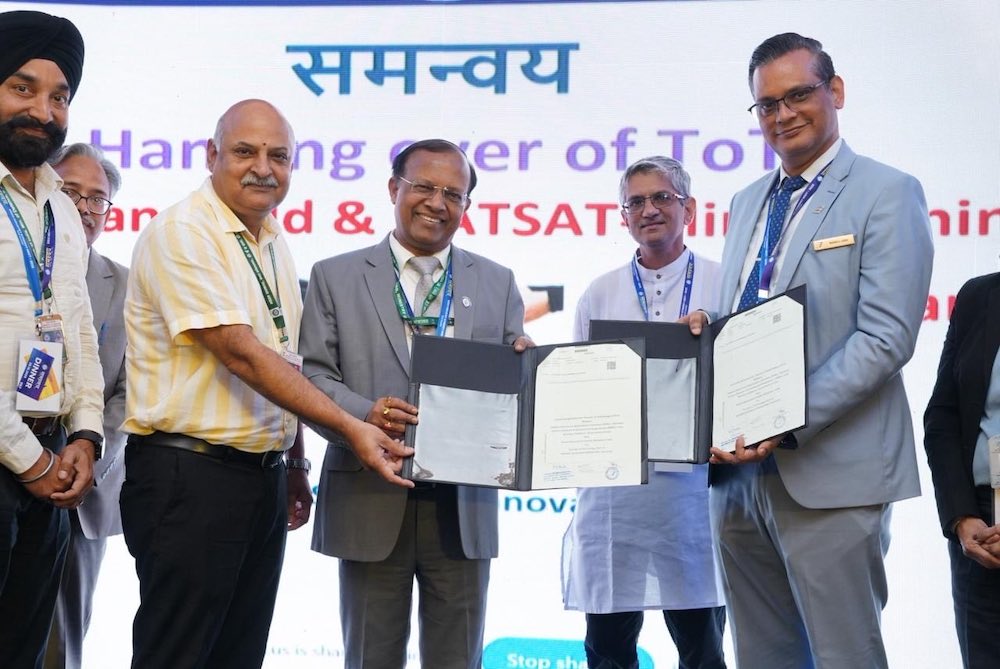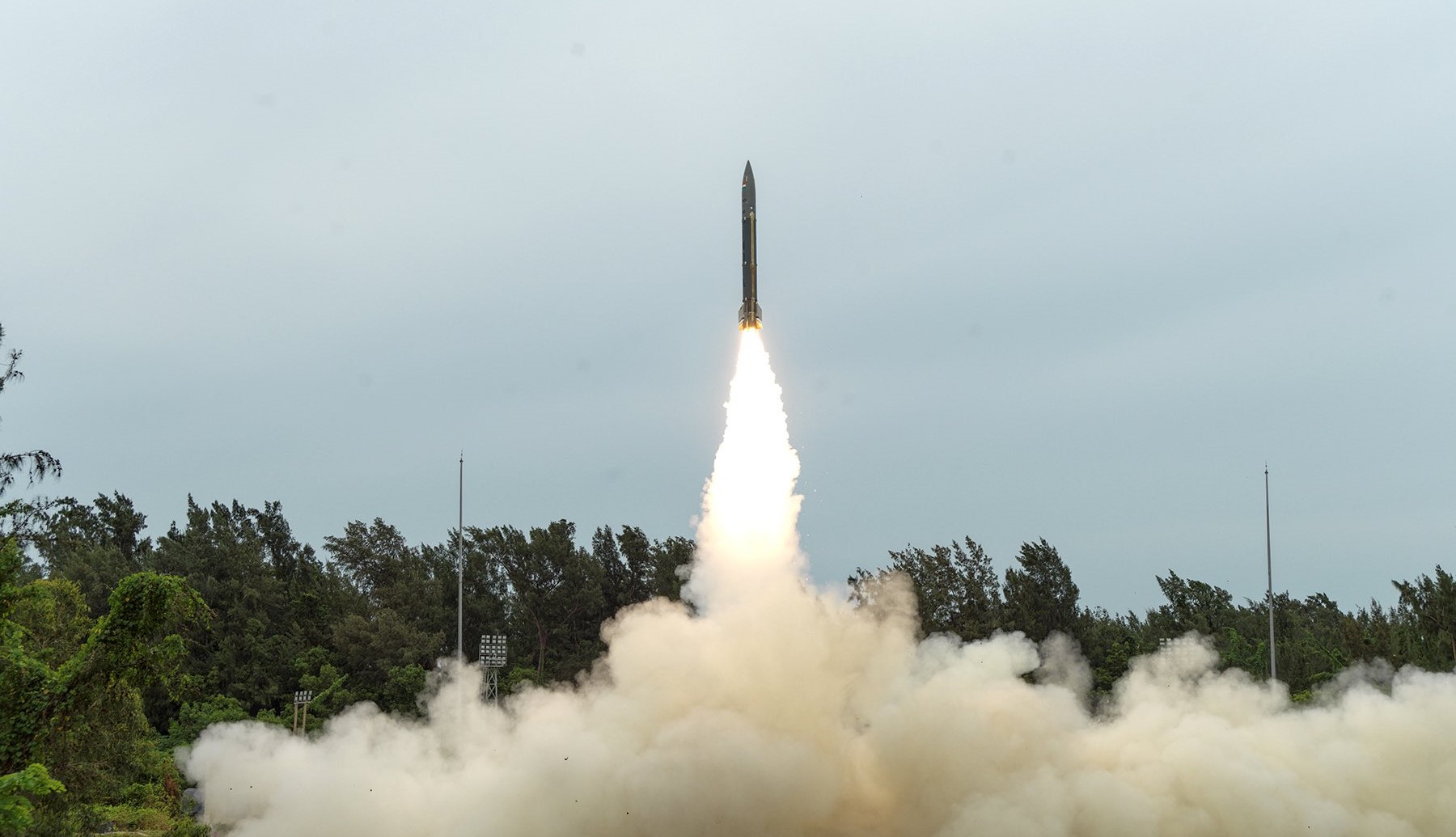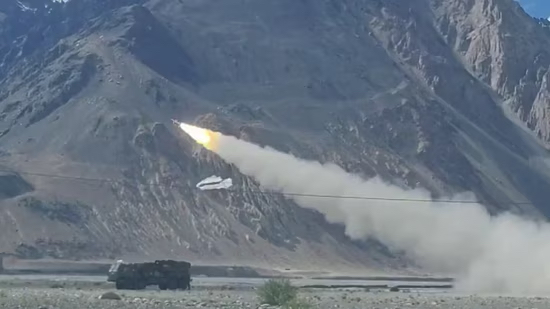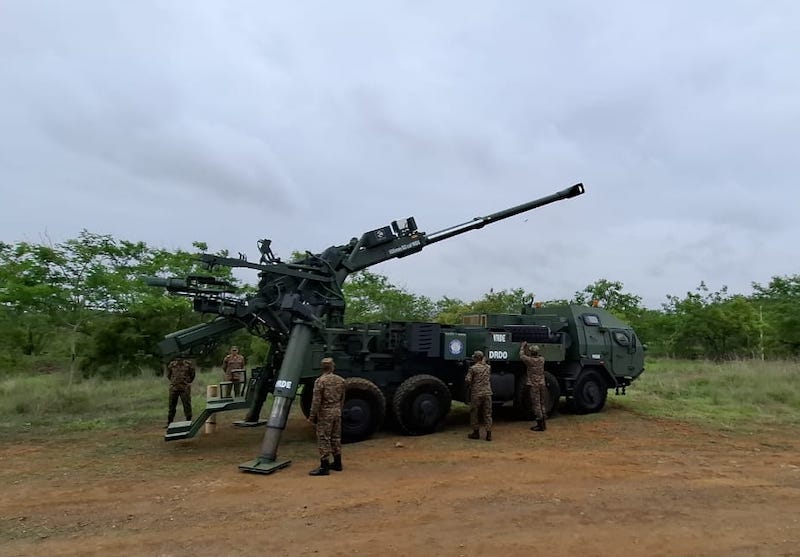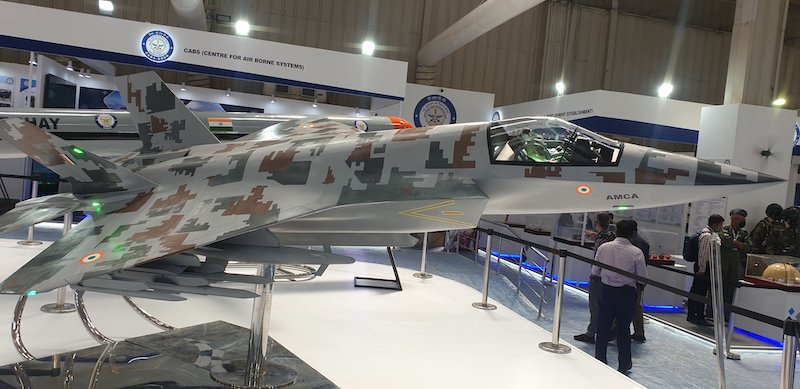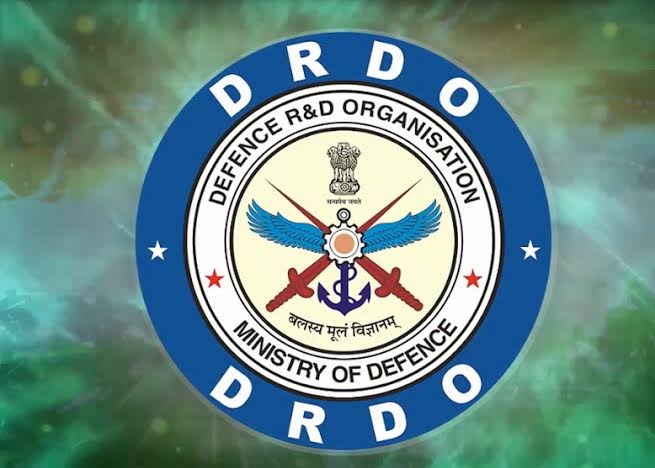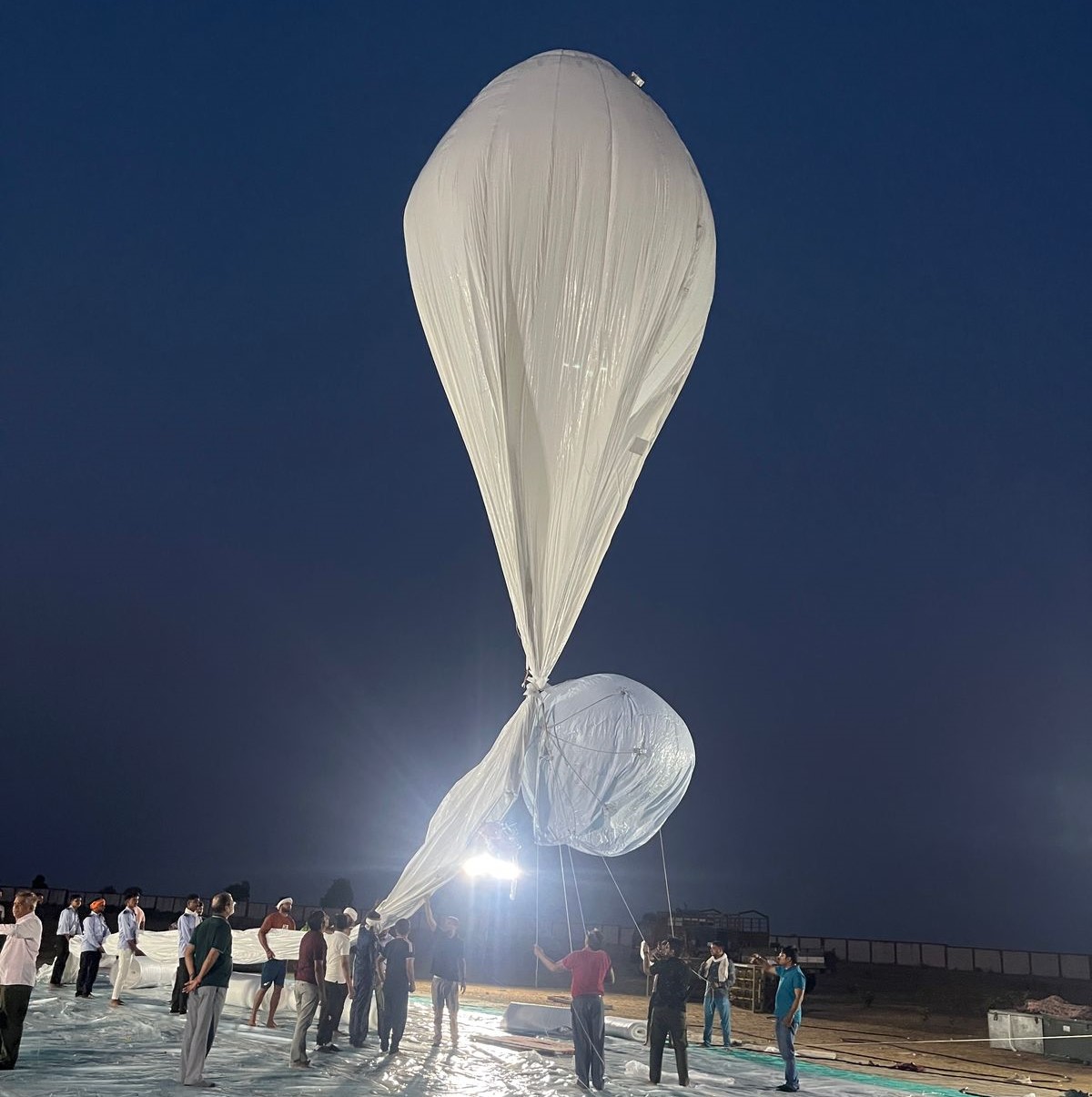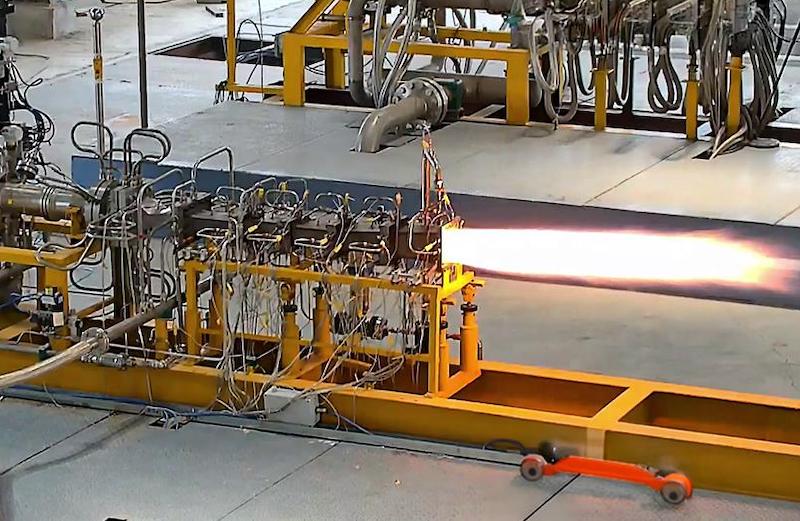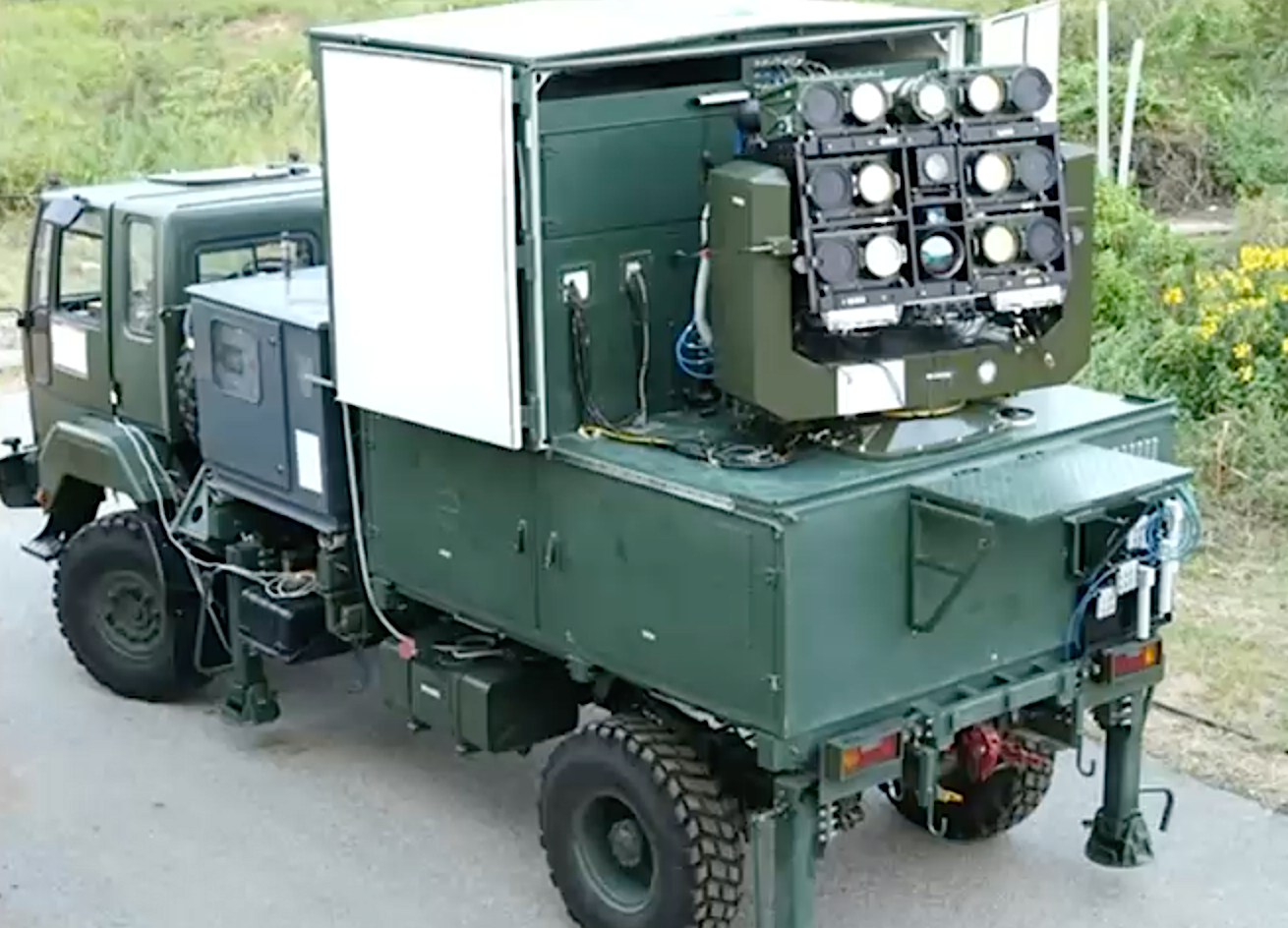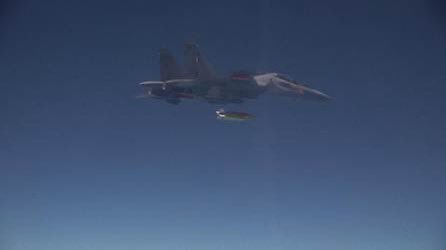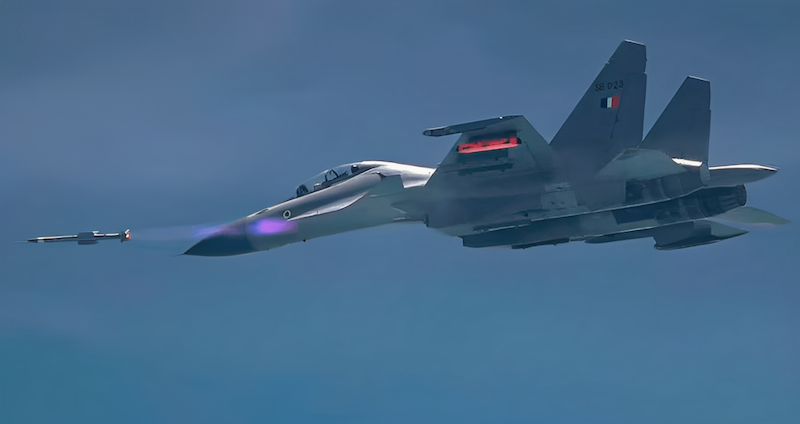 An IAF Sukhoi-30MKI test-firing an Astra BVRAAM in 2019. (File photo)
An IAF Sukhoi-30MKI test-firing an Astra BVRAAM in 2019. (File photo)
New Delhi: India’s defence capabilities received a significant boost on Friday, as the indigenous Astra beyond visual range air-to-air missile (BVRAAM) successfully demonstrated its lethal precision in test-firings off the Odisha coast. This marks a crucial milestone in the country’s journey towards self-reliance in critical defence technologies.
The Defence Research and Development Organization and the Indian Air Force conducted twin launches of the Astra missile from a Sukhoi-30MKI fighter jet, with both missiles destroying high-speed unmanned aerial targets with what officials described as “pin-point accuracy”. The tests were particularly significant as they validated the performance of the missile’s newly developed indigenous radio frequency (RF) seeker system.
The successful trials saw the missiles engage targets at different ranges and aspects, with varying launch-platform conditions designed to simulate real combat scenarios. Flight data captured by range tracking instruments deployed by the Integrated Test Range, Chandipur, confirmed the flawless performance of all subsystems, including the critical RF seeker technology that has been entirely developed within India.
The Astra BVRAAM, which boasts a range exceeding 100 kilometres, represents a sophisticated weapons system equipped with state-of-the-art guidance and navigation capabilities. The missile’s development has been a collaborative effort involving multiple DRDO laboratories and over 50 public and private sector companies, including Hindustan Aeronautics Limited, underlining the growing maturity of India’s defence industrial ecosystem.
The defence minister, Rajnath Singh, lauded the achievement, describing the successful testing of the missile with the indigenous seeker as “a major milestone in critical defence technology”. Singh’s comments reflect the strategic importance of reducing dependence on foreign suppliers for sensitive defence components, particularly in the realm of precision-guided munitions.
The Department of Defence secretary (R&D) and chairman of DRDO, Dr Samir V Kamat, congratulated all teams involved in the successful flight tests, emphasizing the collaborative nature of the achievement across multiple organizations and industry partners.
The successful trials come at a time when India is rapidly expanding its indigenous defence manufacturing capabilities under the government’s push for self-reliance in defence production. The Astra missile programme represents one of several key projects aimed at achieving technological independence in critical defence systems, reducing reliance on foreign imports while building domestic expertise.
Beyond visual range air-to-air missiles, like the Astra, are considered force multipliers in modern aerial warfare, enabling fighter aircraft to engage enemy targets at extended ranges without exposing themselves to return fire. The indigenous development of the RF seeker technology is particularly significant, as seeker systems represent some of the most sophisticated and closely guarded technologies in the defence sector.
The successful trials are expected to pave the way for broader integration of the Astra missile system across the IAF’s combat aircraft fleet, enhancing India’s air defence capabilities while demonstrating the country’s growing prowess in developing advanced military technologies domestically.

